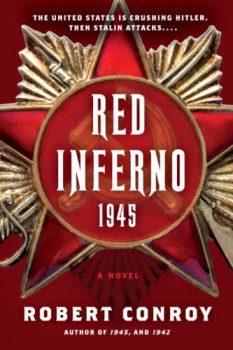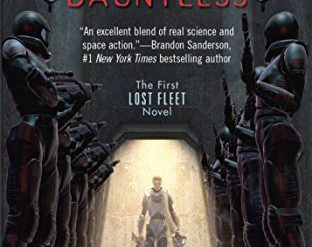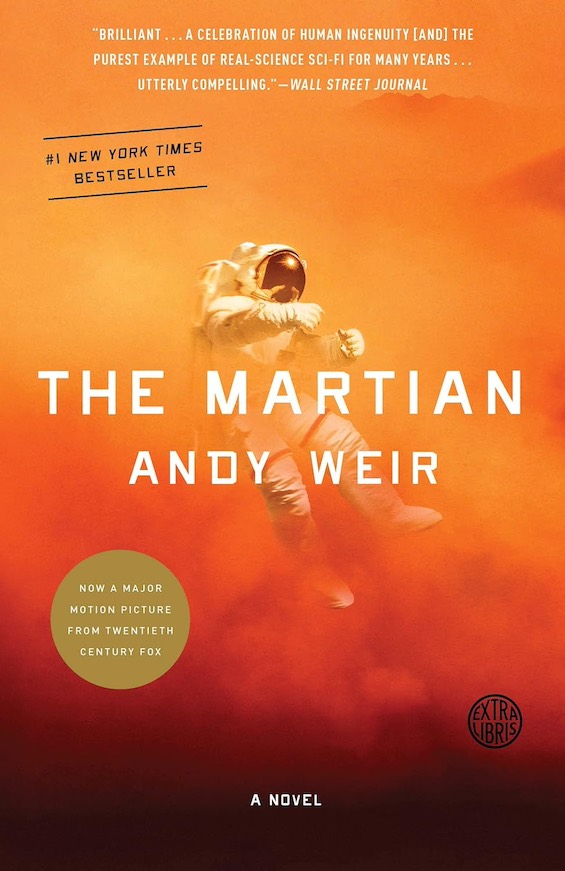
Historians are reluctant to ask what if questions, but science fiction writers have no such qualms. In looking backward, a stalwart few authors indulge their curiosity (and ours) in what has come to be called alternate history. And one of the more successful of their number is Robert Conroy (1938-2014) who wrote seven alternate histories of World War II as well as several others. In Red Inferno: 1945, he explores what might have happened if Stalin had turned against his Allies in the closing months of the war. Instead of the Cold War we know so well from history, the West faced a hot war just as the development of the atomic bomb was nearing completion at Los Alamos. Conroy’s depiction of the consequences is deeply disturbing because it is so plausible.
Red Inferno: 1945 by Robert Conroy (2010) 369 pages ★★★★☆
In this alternate history of World War II, Truman advances on Berlin
The action kicks off in April 1945. Eisenhower’s legions are steadily pushing their way eastward against collapsing Nazi resistance, while in the east Stalin’s armies are encircling Berlin and bombing it into rubble. Allied generals are pressuring Eisenhower to authorize a move to capture Berlin from the west instead. Although their commander demurs, mindful of the agreements at Yalta, the new American President, Harry Truman, impulsively decides otherwise. Acting against advice to the contrary, he asks Ike to send a token force of two divisions (about 30,000 men) to Berlin’s western reaches to “help” the Soviet forces, which are meeting stiff opposition from Nazis defending their capital city.
Truman reasons that by putting an American stake in the ground in Berlin he’ll make it less likely that Stalin will close the Allies entirely out of the German capital. After all, Stalin is violating the other principal terms of the Yalta Agreement. But the President’s decision is ill-considered. Stalin regards it as an opportunity to extend his borders even further into the west. For him, attacking that two-division force is to be the opening salvo into a massive push against the Allied armies to the west, thus engulfing all of Germany in the Soviet sphere of influence.
A large cast of historical characters
Conroy tells this tale through the eyes of a large cast of characters. Among them are historical figures including President Truman himself, Dwight Eisenhower, George Marshall, and other American generals and senior officials as well as Josef Stalin, Marshall Georgy Zhukov, Lavrentiy Beria, Vyacheslav Molotov, and others in the Soviet hierarchy. But much of the narrative power of the story is carried by the entirely fictional characters—the privates and sergeants and lieutenants and colonels on both sides as well as the fictional major general who leads that two-division force toward Berlin. Although this alternate history of World War II illuminates the Big Picture that prevailed in April 1945, it does so by revealing the humanity of those who experienced it on the ground.
For further reading
I’ve also reviewed two of Robert Conroy’s other World War II novels: 1945 (What if Japan hadn’t surrendered?) and 1942 (What if Japan had finished the job at Pearl Harbor?). You might also be interested in 10 best alternate history novels reviewed here.
For more good reading, check out:
- The ultimate guide to the all-time best science fiction novels;
- Great sci-fi novels reviewed: my top 10 (plus dozens of runners-up); and
- The top 10 dystopian novels reviewed here (plus dozens of others).
You might also enjoy my posts:
- The 10 best novels about World War II (with 20+ runners-up)
- 5 top nonfiction books about World War II (plus many runners-up)
- The 10 most consequential events of World War II
And you can always find my most popular reviews, and the most recent ones, plus a guide to this whole site, on the Home Page.



























